Are you confused about whether to choose 430 or 304 for your next project? With so many important factors like corrosion strength, resistance, cost etc, it is hard to make a decision.
But don’t worry! This article will cover all the important differences and will guide you to the best choice for your needs.
What is 430?
430 is a ferritic grade and chromium-only grade stainless steel known for its adequate magnetic properties and corrosion resistance. It has 16-18% chromium and little nickel which makes it more cost-effective than austenitic grades. This alloy gives good formability and resistance to mild atmospheres which makes it suitable for different applications in household appliances and food industry.
What is 304?
304 is an austenitic grade famous for its good flexibility and corrosion resistance. It contains 8-10.5% nickel and 18-20% chromium which gives higher resistance from corrosion environments. This non-magnetic alloy has good weldability, high ductility, and extraordinary performance in a broad temperature range. You will find 304 in many applications from food processing to chemical tanks.
Understanding Top 10 Differences
Now that we have introduced both 430 and 304, let us examine their important differences to help you make better decisions for your particular applications.
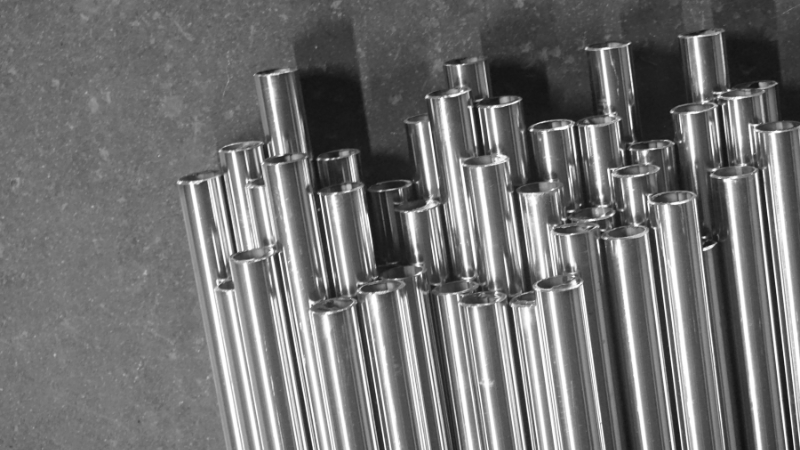
Composition and Microstructure
430 is ferritic with a body-centered cubic crystal structure while 304 is austenitic, with a face-centered cubic structure. 430 has 16-18% chromium and minimal nickel but 304 has 18-20% chromium and 8-10.5% nickel. This composition difference leads to distinct behaviors and properties. Choose 430 for applications that require magnetic properties. Pick 304 for non-magnetic needs with higher corrosion resistance.
Strength and Ductility
304 stainless steel outperforms 430 in terms of flexibility and strength. 304 has a typical yield strength of 205 MPa and tensile strength of 515 to 620 MPa, while 430 has 170 MPa yield strength and 450 to 560 MPa tensile strength. 304 has higher flexibility that allows for greater shaping and stretching before failure. 304 is the better option for applications that need high formability and strength like load-bearing structures or deep-drawn parts. 430 works for less demanding applications where moderate strength is enough.
Corrosion Resistance
304 shows superior corrosion resistance compared to 430 because of its higher chromium content and the addition of nickel. 304 performs extraordinarily well in different corrosive environments which includes chloride-containing and acidic solutions. While resistant to mild conditions, 430 is more prone to crevice and pitting corrosion. 304 is the best choice for coastal applications or harsh chemical environments. 430 can be a cost-effective alternative for less demanding situations.
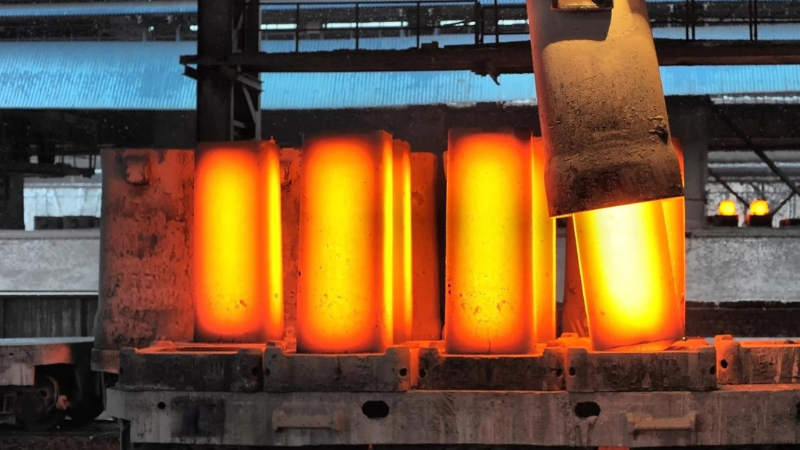
Temperature Resistance
304 shows better performance across a broader temperature range. It maintains its corrosion resistance and strength up to 870°C and remains tough at sub-zero temperatures. 430 while suitable for high-temperature applications up to 816°C, becomes brittle at low temperatures. For cryogenic or frequently fluctuating temperature applications, 304 is the recommended option. 430 suits for moderate temperature applications like kitchen appliances or automotive exhaust systems.
Weldability and Fabrication
304 grade has superior weldability compared to 430 steel. It maintains its mechanical properties and corrosion resistance after welding with minimal risk of sensitization. While weldable 430 is prone to grain growth and brittleness in the heat-affected zone. 304 has higher ductility which allows easier forming and bending. 304 stainless steel is the better choice for applications that require complex fabrication or extensive welding like in food processing equipment or pressure vessels. 430 works for simpler welded structures or where post-weld heat treatment is possible.
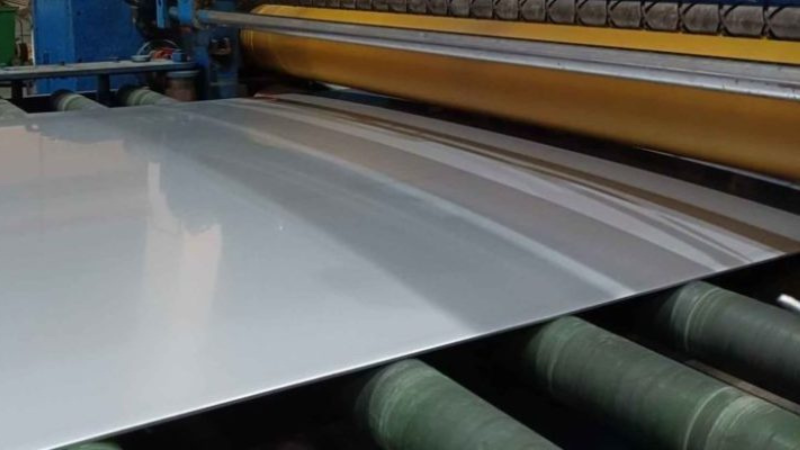
Magnetic Properties
430 is ferromagnetic which shows strong magnetic properties while 304 is typically non-magnetic (although it can become slightly magnetic when cold-worked). This difference comes from their crystal structures. The ferritic structure of 430 allows magnetic alignment while the austenitic structure of 304 does not.
430 stainless steel is the better choice for applications needing magnetic properties like magnetic separators or some electrical parts. 304 is the preferred option when magnetism must be avoided as in some scientific instruments or medical equipment.
Cost Comparison
430 steel is usually more cost-effective than 304 because of its lower nickel content. 430 typically costs 20-30% less than 304 per ton. However, superior properties of 304 often justify its higher price for demanding applications. Processing costs are similar but 304 may need more specialized welding techniques.
430 is a cost-effective option for budget-conscious projects with moderate corrosion resistance requirements like building panels or household appliances. 304’s higher cost is often justified for important applications where performance is uppermost.
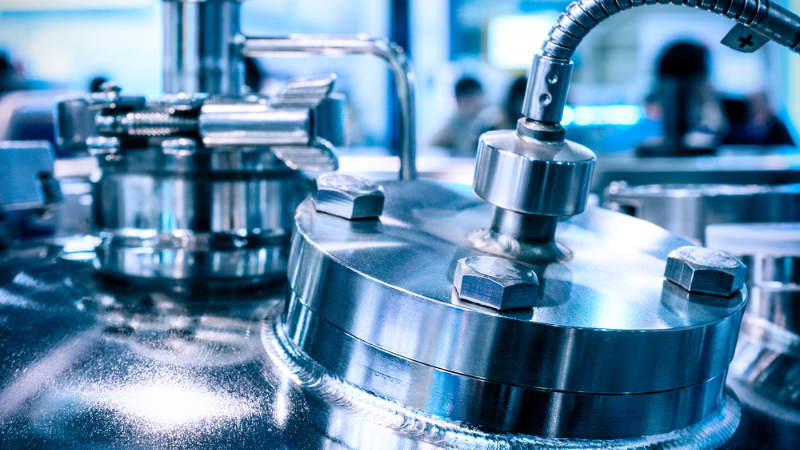
Aesthetic and Surface Finish
Both 430 and 304 can give great surface finishes but 304 usually offers better polishing capabilities. 304 can attain a mirror-like finish with 0.1 μm Ra surface roughness. While capable of good finishes, 430 may show slight “orange peel” effects when deeply drawn.
304 stainless steel is the best choice for applications where aesthetics are important like in decorative panels or high-end building features. 430 is suitable for applications that need a good finish but absolute perfection is not required.
Availability
Both 430 and 304 steels are broadly available but 304 generally has multiple sizes and forms. 304 usually comes in sheet, tube, plate, wire and bar forms with thicknesses ranging from 0.4mm to 50mm. While 430 is usually available in similar forms but with a limited range of size options. 304 can provide more choices for projects that need non-standard or specialized sizes.
430 is suitable for common applications where standard sizes are sufficient. On the other hand, 304 is better for projects that demand more flexibility in material dimensions.
Environmental and Sustainability Considerations
430 and 304 are both 100% recyclable with the rate of recycling over 80% globally. However, the higher nickel content in 304 makes it more energy-intensive to produce with about 20% larger carbon footprint as compared to 430. 304’s longer lifespan in corrosive settings can balance out this initial impact.
430 stainless should be preferable when the environmental effect is a main concern or for short-term applications. For corrosion-resistant and durable applications where longevity is important, 304’s extended service life can make it the more sustainable choice.
Which one is easy to machine 430 or 304?
430 is usually easier to machine as compared to 304. Its ferritic structure and lower work hardening rate make cutting operations more feasible. You will find that 430 needs less cutting force and produces better surface finishes.
In contrast, 304’s austenitic structure and higher work hardening tendency make it tougher to machine. Often needs specialized techniques and tooling for best results.
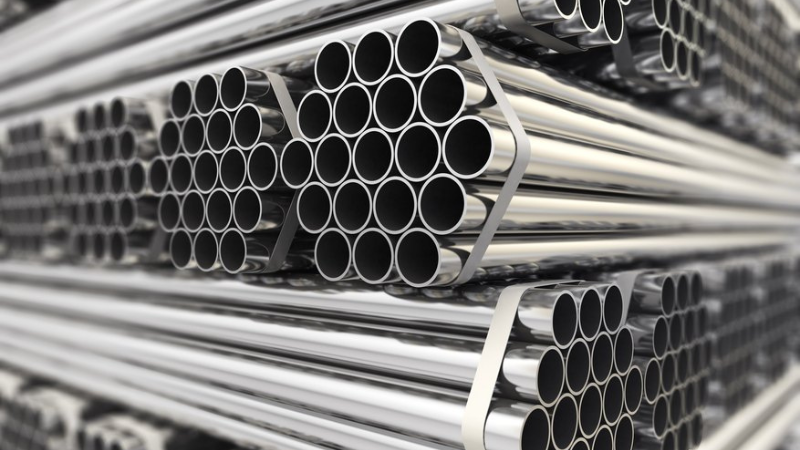
What are the Common Uses of 304 and 430?
Knowledge of the applications of 304 and 430 can help you make better decisions for your projects. Let’s look at their common uses across multiple industries.
Food and Beverage Industry
In food and beverage sector, both 304 and 430 play important roles. You will find 304 stainless steel dominating in commercial kitchen equipment like refrigerators, counters and sinks due to its higher corrosion resistance. 430 while less corrosion resistant is often used in less demanding places like decorative panels and range hoods. 304 is preferred for handling acidic foods and harsh cleaning chemicals for food processing machinery.
Architectural and Construction Applications
In construction and architecture, both 304 and 430 types are used a lot. 304 stainless is often the first choice for building exteriors because it resists corrosion very well and is durable in different climates. You will see it in elevator handrails, panels and structural parts.
430 which costs less, is frequently used inside for interior design elements like decorative trim and wall panels. Its magnetic properties also make 430 great for magnetic boards in schools and offices.
Automotive Industry
The automotive depends heavily on both 304 and 430 steel. 304 is the best choice for exhaust systems because of its greater corrosion and heat resistance which is important for withstanding high temperatures and corrosive exhaust gases. You will find 304 in catalytic converters and mufflers.
430 is easier to form and more cost-effective. That is why, it is used for decorative grilles, trim, and wheel covers. Its magnetic properties also make it suitable for sensors and other electrical components in vehicles.
Industrial Applications
In industrial settings both 304 and 430 play important roles. 304 stainless excels in chemical processing equipment due to its high corrosion resistance. You will find it in storage tanks, reactors, and piping systems that handle corrosive chemicals.
304 is mainly preferred in high-temperature applications for heat exchangers while 430 is suitable in less demanding environments. 430’s lower cost makes it attractive for large-scale industrial equipment where corrosion resistance requirements are less strict.
Chemical and Pharmaceutical Industries
The chemical and pharmaceutical industries depend heavily on 304 steel for piping systems and storage tanks. Its great resistance to a broad range of chemicals and ease of cleaning make it perfect to maintain product purity.
You will see 304 stainless steel in piping systems, fermentation tanks, and sterile processing equipment. 430 while less common, is used in less important applications like external cladding for equipment or areas with lower chemical exposure.
Conclusion
The choice between 304 and 430 depends on your particular requirements. 304 is better for demanding situations because of its higher corrosion protection and aesthetics. On the other hand, 430 is better for affordable applications and projects that require magnetic properties. Carefully consider your project requirements to make the best decision.
Need expert stainless steel machining services? KDM Fabrication is at your service. Our professional team will cooperate with you to craft the product according to your choice. Contact us to make your project happen!
FAQs
Can 430 Stainless Steel Be Hardened?
Answer: Normally 430 cannot be hardened by heat treatment. But cold working can moderately increase its hardness. Due to this, it can possibly reach up to Rockwell C 25 in 1/2 inch or less sections.




